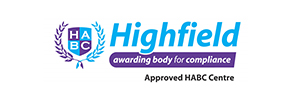Regulating risk management in film production and subsequent blending of such frameworks with localized systems such as OSHAD in Abu Dhabi.

Regulating risk management with a framework such as ISO 31000 or COSO can provide several advantages for film production when filming in multiple locations globally. However, each framework has its own strengths and weaknesses, and the choice between the two will depend on specific needs and circumstances.
Advantages of ISO 31000:
- Global recognition: ISO 31000 is an international standard that is recognized globally. This can be advantageous for film production companies operating in multiple locations globally since it provides a common language and framework for risk management.
- Flexible approach: ISO 31000 provides a flexible approach to risk management, allowing organizations to tailor their risk management processes to their specific needs and circumstances. This can be particularly useful for film production companies facing unique risks in different locations.
- Emphasis on continuous improvement: ISO 31000 emphasizes the importance of continuous improvement in risk management, which can help film production companies to identify and address emerging risks over time.
Advantages of COSO:
- Strong internal control focus: COSO is designed to provide a comprehensive framework for internal control, which can be particularly useful for film production companies that may be dealing with complex financial transactions or sensitive data.
- Well-established framework: COSO has been widely adopted by many organizations, including those in the film industry, and is well-established as a best practice for risk management.
- Emphasis on risk appetite: COSO emphasizes the importance of understanding an organization’s risk appetite, which can help film production companies to make informed decisions about the risks they are willing to take in different locations.
Both ISO 31000 and COSO can provide valuable frameworks for regulating risk management in film production when filming in multiple locations globally. ISO 31000 is more flexible and globally recognized, while COSO has a stronger focus on internal control and a well-established framework. The choice between the two will depend on specific needs and circumstances.
A blended approach of both frameworks may be a better alternative for film production. By combining the strengths of both frameworks, filmmakers can create a comprehensive risk management strategy that addresses both financial and non-financial risks. This blended approach can provide a more holistic view of risk management and help filmmakers identify and mitigate risks more effectively.
However, it is important to note that the specific needs and challenges of each film production may vary. Filmmakers should carefully evaluate their unique risk management needs and tailor their approach accordingly.
Blending international risk management frameworks with local frameworks such as OSHAD (Occupational Safety and Health Administration Department) in Abu Dhabi is essential for several reasons:
- Compliance with local regulations: Every country has its own set of rules and regulations that organizations must comply with. In Abu Dhabi, OSHAD provides a comprehensive framework for managing occupational safety and health risks. By blending international risk management frameworks with OSHAD, organizations can ensure that they meet local requirements and avoid any legal or regulatory penalties.
- Improved risk management: International risk management frameworks provide best practices and guidelines for managing risks in various domains. By blending these frameworks with local frameworks like OSHAD, organizations can enhance their risk management practices and ensure that they effectively identify, assess, and mitigate risks.
- Cultural considerations: Risk management practices are influenced by cultural factors, such as attitudes towards risk and safety. By blending international and local frameworks, organizations can take into account cultural considerations and develop risk management practices that are culturally sensitive and effective.
- Competitive advantage: Production Companies that effectively manage risks are better positioned to achieve their strategic objectives and gain a competitive advantage. By blending international and local frameworks, organizations can develop a robust risk management program that enhances their reputation and reduces the likelihood of incidents that could harm employees, customers, or the environment.
In conclusion, blending international risk management frameworks with local frameworks like OSHAD in Abu Dhabi is essential for effective risk management practices that comply with local regulations, are culturally sensitive, and provide a competitive advantage.







